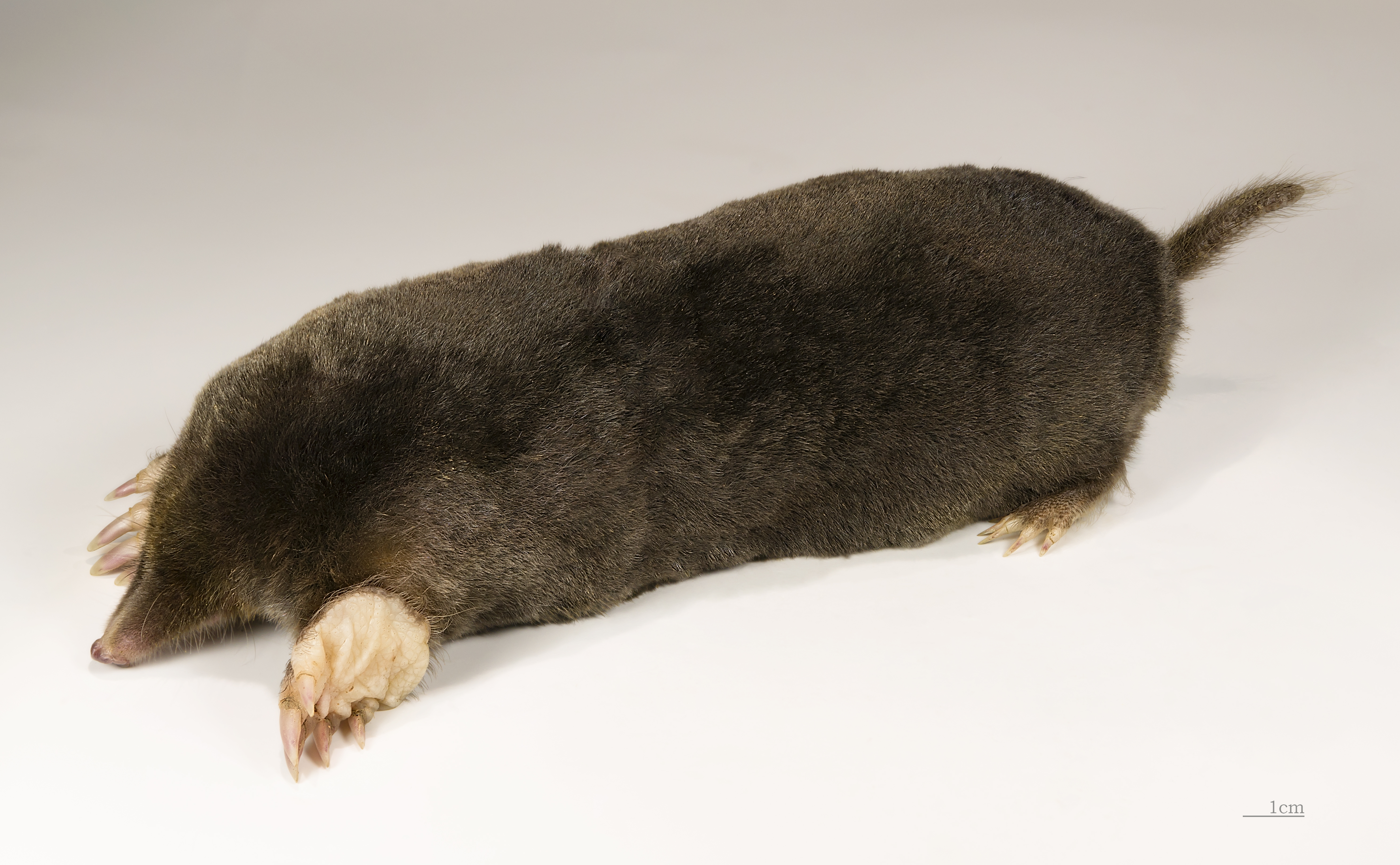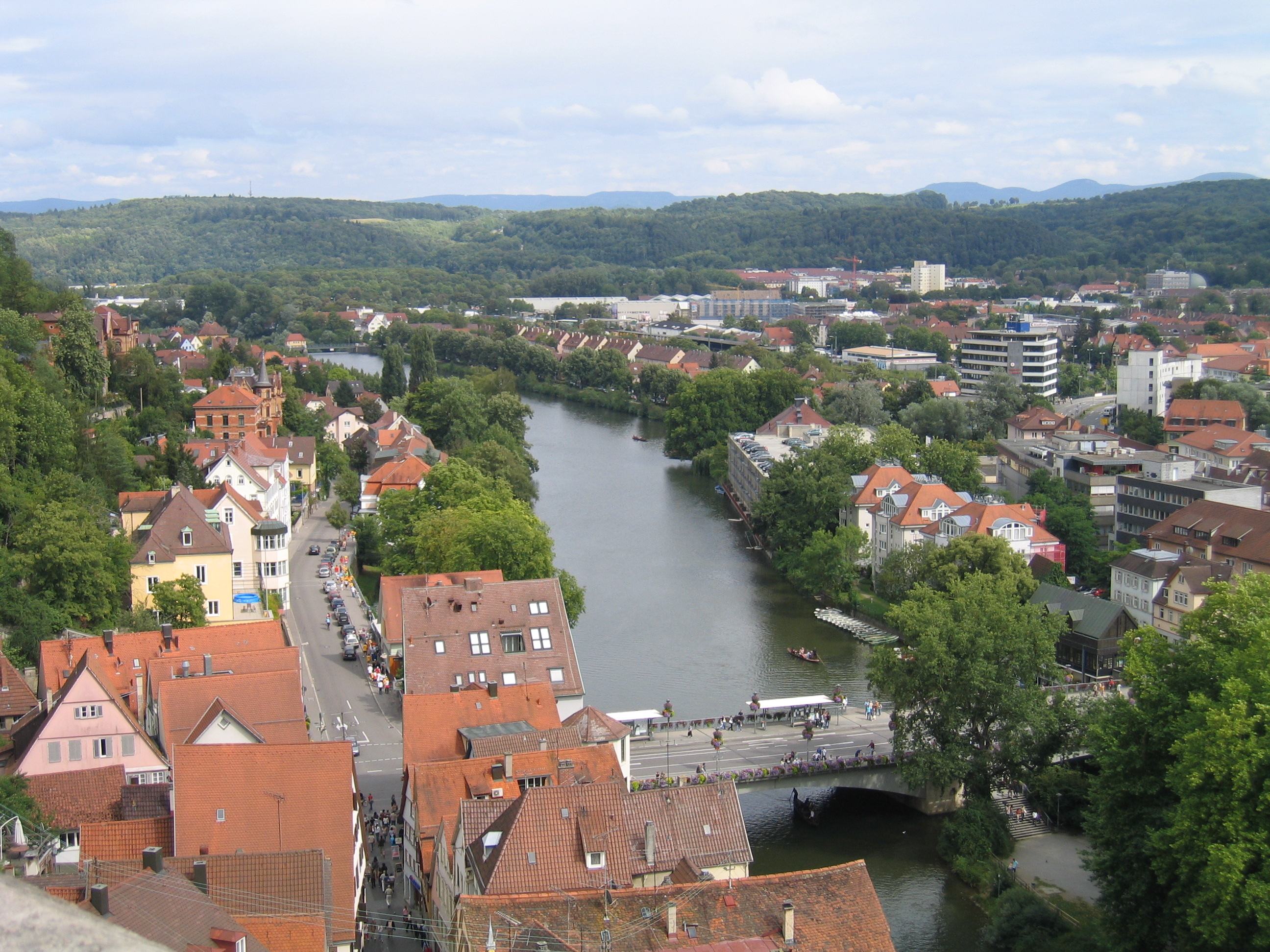|
Amphilemuridae
The Amphilemuridae are a family of extinct mammals belonging to the order Eulipotyphla, from the Eocene of Europe and North America. Description Amphilemurids were generally small in size and may have resembled moonrats in life. Some species had spines like those of hedgehogs, while others were almost free of spines or had bristly coats. Most species are known only from teeth. Classification The family Amphilemuridae was first described in 1953 by Hill, and was included in the order Insectivora, which later proved to be polyphyletic. Currently the amphilemurids are considered basal members of the order Eulipotyphla, although Hooker and Russell (2012) considered them to belong to the order Macroscelidea. Taxonomy Family †Amphilemuridae Hill, 1953 * Subfamily †Placentidentinae D. E. Russell et al., 1973 ** †'' Placentidens'' Russell & Savage 1973 *** †''Placentidens lotus'' Russell & Savage 1973 * Subfamily † Amphilemurinae Hill, 1953 ** †'' Macrocranion'' Weitzel, 19 ... [...More Info...] [...Related Items...] OR: [Wikipedia] [Google] [Baidu] |
Eulipotyphla
Eulipotyphla (, from '' eu-'' + '' Lipotyphla'', meaning truly lacking blind gut; sometimes called true insectivores) is an order of mammals comprising the Erinaceidae ( hedgehogs and gymnures); Solenodontidae (solenodons); Talpidae ( moles, shrew-like moles and desmans); and Soricidae (true shrews) families. Taxonomic history Historically, these animals were grouped with others such as treeshrews, elephant shrews, and colugos, under the broader category Insectivora, comprising all small insect-eating placental mammals. Wilhelm Peters identified two sub-groups of Insectivora, distinguished by the presence or absence of a cecum in the large intestine. In his 1866 ''Generelle morphologie der organismen'', Ernst Haeckel named these groups Menotyphla and Lipotyphla, respectively from ''μένω'' ("remain")/''λείπω'' ("lack" or "leave behind") + ''τυφλὸν'' literally "blind", as in ''τυφλὸν ἔντερον'' ("blind intestine", from which the Latin '' ... [...More Info...] [...Related Items...] OR: [Wikipedia] [Google] [Baidu] |
Pholidocercus
''Pholidocercus'' is an extinct monotypic genus of mammal from the Messel pit related to and resembling the modern-day hedgehog with a single species, ''Pholidocercus hassiacus''. Like the hedgehog, it was covered in thin spines. Unlike hedgehogs, it had scales on its head in a helmet-like formation, and had a long, thick, scaled tail. External linksMikko's Phylogeny Archive Amphilemuridae Prehistoric Eulipotyphla Eocene mammals of Europe Monotypic prehistoric placental genera Fossils of Germany Fossil taxa described in 1983 Eocene Germany {{paleo-eulipotyphla-stub ... [...More Info...] [...Related Items...] OR: [Wikipedia] [Google] [Baidu] |
Macrocranion
''Macrocranion'' is a genus of extinct mammal A mammal () is a vertebrate animal of the Class (biology), class Mammalia (). Mammals are characterised by the presence of milk-producing mammary glands for feeding their young, a broad neocortex region of the brain, fur or hair, and three ... from the Eocene epoch of Europe and North America. Exceptional fossils have been found in the Messel Pit of Germany. ''Macrocranion'' species are often described as forest-floor predators, about the size of small squirrels but with longer limbs. The genus is represented at the Messel Pit site by two species, ''M. tupaidon'' and ''M. tenerum''. ''M. tupaiodon'' had woolly fur with no spikes. Although possibly an omnivore, fossil remains indicate the specimen had eaten fish near the time of its death. This small animal was approximately fifteen cm in length, with long back legs capable of considerable speed. The fossil of ''M. tenerum'' is five cm long. The species also had long legs ... [...More Info...] [...Related Items...] OR: [Wikipedia] [Google] [Baidu] |
Tübingen
Tübingen (; ) is a traditional college town, university city in central Baden-Württemberg, Germany. It is situated south of the state capital, Stuttgart, and developed on both sides of the Neckar and Ammer (Neckar), Ammer rivers. about one in three of the 90,000 people living in Tübingen is a student. As of the 2018/2019 winter semester, 27,665 students attend the University of Tübingen, Eberhard Karl University of Tübingen. The city has the lowest median age in Germany, in part due to its status as a university city. As of December 31, 2015, the average age of a citizen of Tübingen is 39.1 years. Immediately north of the city lies the Schönbuch, a densely wooded nature park. The Swabian Alb mountains rise about (beeline Tübingen City to Roßberg - 869 m) to the southeast of Tübingen. The Ammer and Steinlach rivers are Tributary, tributaries of the Neckar river, which flows in an easterly direction through the city, just south of the Middle Ages, medieval old town. La ... [...More Info...] [...Related Items...] OR: [Wikipedia] [Google] [Baidu] |
Macroscelidea
Elephant shrews, also called jumping shrews or sengis, are small insectivorous mammals native to Africa, belonging to the family Macroscelididae, in the order Macroscelidea. Their traditional common English name "elephant shrew" comes from a perceived resemblance between their long noses and the trunk of an elephant, and their superficial similarity with shrews (family Soricidae) in the order Eulipotyphla. However, phylogenetic analysis has revealed that elephant shrews are not properly classified with true shrews, but are in fact more closely related to elephants than to shrews. In 1997, the biologist Jonathan Kingdon proposed that they instead be called "sengis" (singular ''sengi''), a term derived from the Bantu languages of Africa, and in 1998, they were classified into the new clade Afrotheria. They are widely distributed across the southern part of Africa, and although common nowhere, can be found in almost any type of habitat, from the Namib Desert to boulder-strewn out ... [...More Info...] [...Related Items...] OR: [Wikipedia] [Google] [Baidu] |



